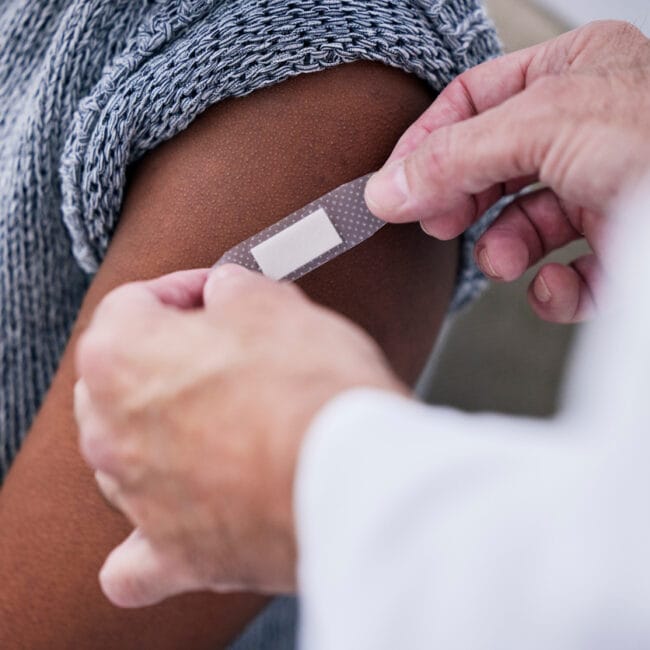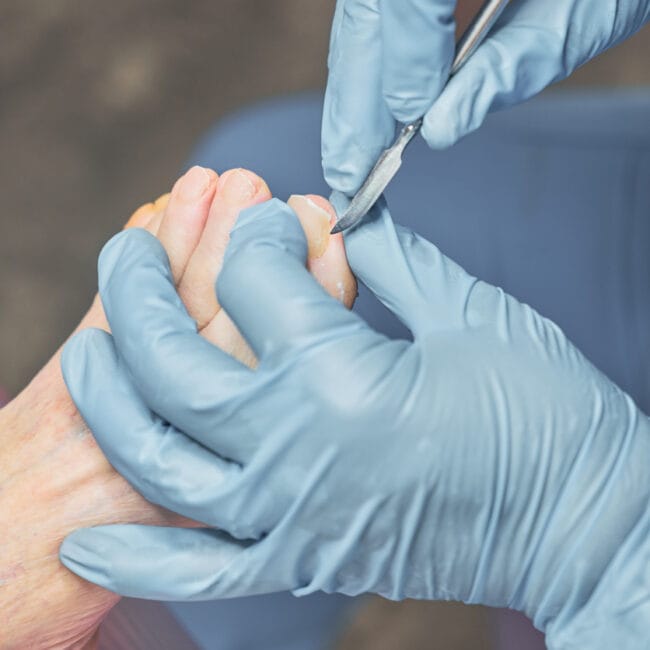
The start of June can only mean one thing – feet season is here! All over Ireland people are itching to ditch those fur lined boots and woolly socks for a pair of barely there flip-flops or strappy sandals.
And while summer may be the best time of year to kick off our shoes and relax, it’s not always the best time of year for foot health. All that heat and humidity paired with the desire to be more active, travel, and go barefoot or wear unsupportive shoes, can lead to a lot of problems for you (and your Podiatrist)!
What people may not realise is that a lot of these problems can be avoided, or at least lessened by following a few of our handy tips below.
Rethinking Those Flip-Flops
Flip-Flops may be cute and handy but they have little to no support which can result in a wide range of injuries such as metatarsalgia, stress fractures, and heel pain and tendonitis. But if you’re unwilling to part with this summer staple you can at least limit injury by opting for a pair with a stiffer sole and arch support – remember you shouldn’t be able to bend your flip flop in half!
For safety’s sake it’s also better to buy a new pair every year. A study by the University of Miami and the Today show found that a single pair of flip flops can harbour a whopping 18,000 bacteria, including the dangerous superbug, staphylococcus aureus. Is that really something you want festering in the back of your closet for a year?
Blisters and Cracked Heels
So deciding to air on the side of caution you have ditched the flip-flops in favour of a new pair of sandals guaranteed not to cause injury….but will they? Well a brand new pair of sandals will often come with the hefty price of painful blisters.
The first step in preventing blisters is to opt for a pair of shoes that are comfortable when you first try them on and don’t need to be broken in. Soft fabrics or leathers are perfect for this. However, if the fates are stacked against you and you end up blistered anyway your best course of action is to keep the area as clean as possible as blisters normally heal on their own.
Cracked heels are another common problem in the summer as more and more people opt for open backed shoes. These spread the fat pad of the heel causing the skin to crack. To prevent cracked heels developing apply moisturising cream twice daily and exfoliate regularly with the likes of a pumice stone.
Cracked heels can develop into more serious symptoms such as itchy skin, bleeding or discharge. Once you reach this point, it’s time to see a health practitioner, and advisably, one of our highly skilled podiatrists. More information can be found by clicking here.
Ease Sweaty Feet
For most people hot temperatures mean sweaty feet, and all that moisture can increase the risk of picking up an infection. To prevent excessive foot sweating and odour in the summer, the Society of Chiropodists and Podiatrists advise people to wear open sandals where they can, or change tights or socks at least once a day. They recommend choosing socks containing at least 70% cotton or wool, although some man-made fibre socks are specifically designed to keep feet dry. These socks wick sweat away from the skin, keeping the skin dry and reducing odour.
Don’t Dare to Bare
Walking barefoot through freshly mowed grass or on white sandy beaches is one of the joys of summer but it also puts you at major risk of contracting viral, fungi or bacterial diseases.
The floors of communal showers, changing rooms, and swimming pools are top hot spots for infections such as athlete’s foot and verrucas. Protect your feet by wearing flip-flops or sandals in the changing room and at the pool edge.
Contaminated Water
Summer is also the season of colourful toenails but all that foot pampering can quickly turn hazardous for your feet.
To avoid contamination at the nail salon try to book in for an early appointment, make sure you are getting sterilised instruments and never shave your legs beforehand. You don’t want bacteria entering through small cuts in your leg.
















